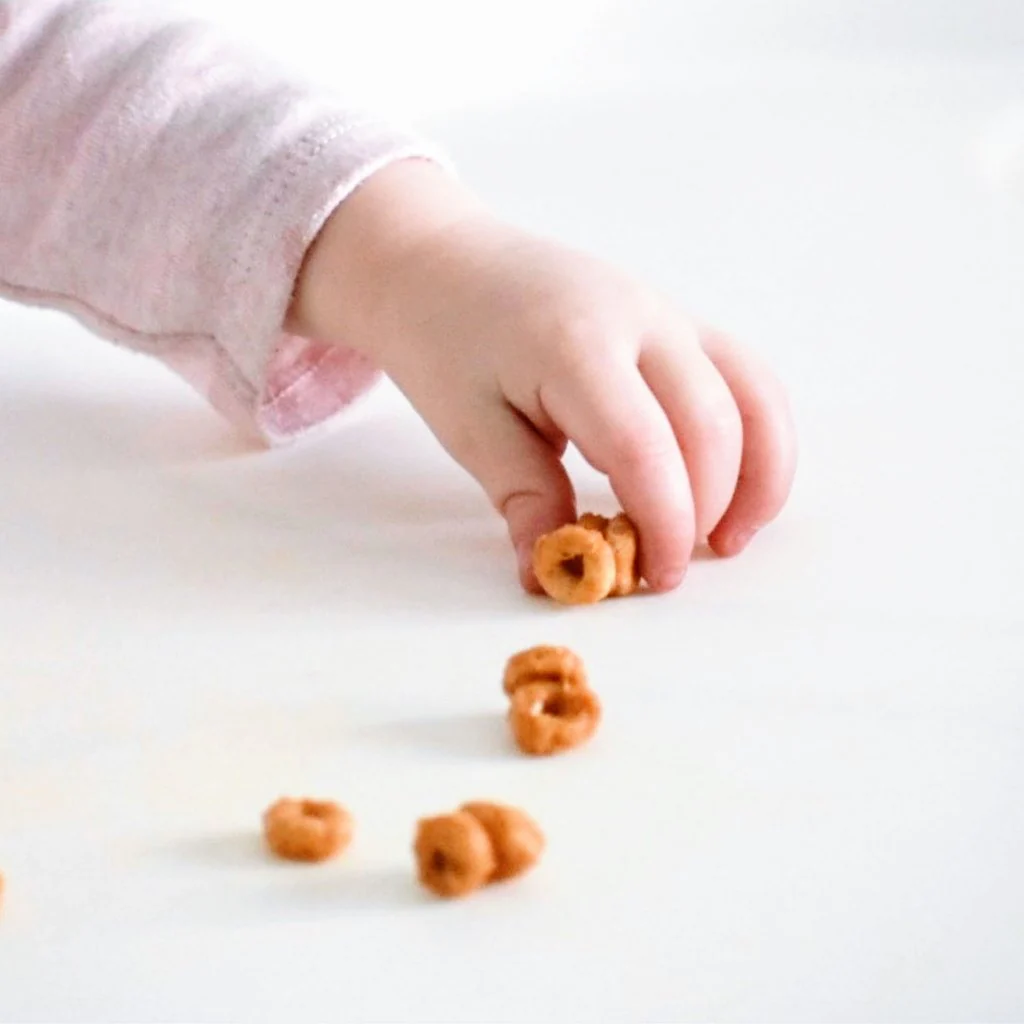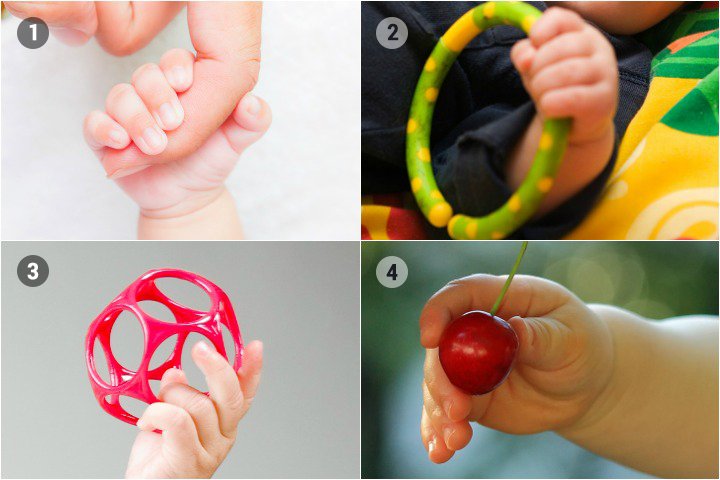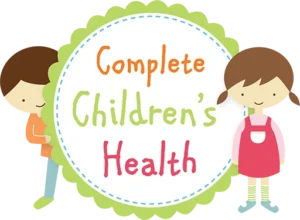The pincer grasp is a crucial developmental milestone in children that typically emerges around the age of 9 to 12 months. It refers to using the thumb and index finger to pick up small objects or precisely manipulate items. This seemingly simple skill carries many benefits for a child’s physical, cognitive, and social development. In this article, we will explore the significant advantages of the pincer grasp in children.

Fine Motor Development: The pincer grasp is a key component of fine motor skills. It involves the coordination of small muscles in the hand and fingers, enhancing dexterity and control. As children refine this skill, they become more adept at performing intricate tasks like buttoning clothes, holding a pencil, and using utensils.
Cognitive Development: The pincer grasp is closely tied to cognitive development. It enables children to explore their environment in a more detailed manner. They develop a deeper understanding of shape, size, texture, and weight as they pick up small objects. This hands-on learning enhances their cognitive abilities, including problem-solving and spatial awareness.
Independence: The pincer grasp empowers children to become more independent in their daily activities. They can feed themselves, dress with minimal assistance, and engage in various self-care routines. This newfound autonomy fosters a sense of accomplishment and boosts their self-esteem.
Language Development: Interestingly, the pincer grasp also plays a role in language development. When children manipulate small objects, they often engage in imaginative play. This imaginative play helps them develop their vocabulary as they narrate their actions and interact with the objects they are handling.
Hand-Eye Coordination: Developing the pincer grasp requires precise hand-eye coordination. Children learn to visually target an object and then use their fingers to pick it up. This coordination skill lays the foundation for activities such as handwriting and sports, where hand-eye coordination is essential.
Social Interaction: The ability to pick up small objects with a pincer grasp allows children to engage in social play with peers. They can share toys, build structures, and participate in collaborative activities. These interactions promote social skills like sharing, communication, and cooperation.
Pre-Writing Skills: As children master the pincer grasp, they are prepare their hands for writing. The finger strength and coordination developed during this stage are crucial for holding a pencil correctly and forming letters and shapes on paper later. This transition to pre-writing skills sets the stage for successful academic achievement.
Self-Feeding: One of the practical benefits of the pincer grasp is its role in self-feeding. Children can pick up small pieces of food, such as peas or other smaller items, and bring them to their mouths independently. This milestone is convenient for parents and fosters a sense of self-sufficiency in children.

Sensory Exploration: Through the pincer grasp, children can explore the sensory properties of objects more thoroughly. They can feel different textures, temperat
ures, and shapes, which aids in their sensory development and understanding of the world around them.
Creativity and Artistic Expression: As children refine their fine motor skills with the pincer grasp, they become better equipped to engage in artistic activities such as drawing, painting, and crafting. This provides an outlet for creativity and self-expression, allowing them to express their thoughts and emotions visually.
The pincer grasp is a fundamental developmental milestone that offers children a wide range of benefits. It plays a pivotal role in fine motor development, cognitive growth, and social interaction. Enabling children to explore their world with greater precision sets the stage for future academic and life skills. Encouraging and supporting the development of the pincer grasp is essential in nurturing a child’s overall growth and independence.
